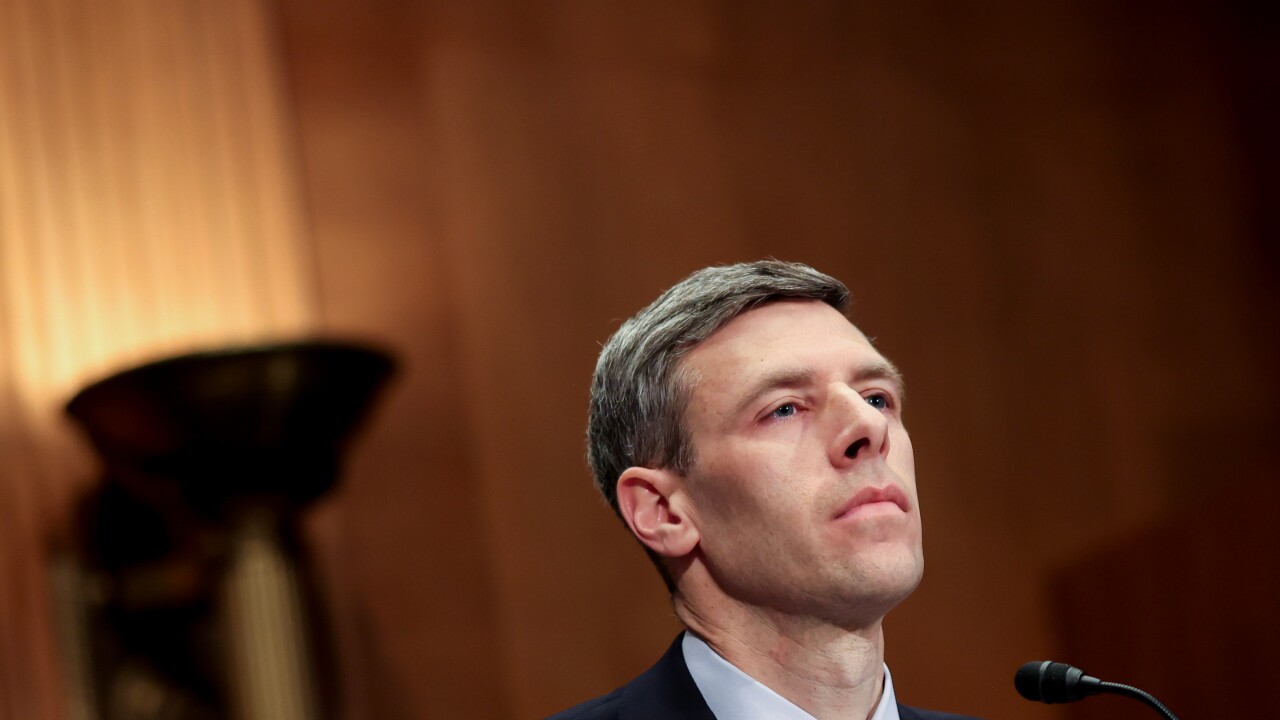It is now evident that what we are witnessing is a dramatic shift in the financial world. We are pushing past outdated and antiquated modes of thought and the leaders of the central banks can place all of the roadblocks they wish to in the path of decentralized finance’s progress, but can do little to derail it now.
Although there is not enough liquidity to instantaneously exchange every token (much in the same way that a bank could not survive if every customer decided to withdraw their savings), the distributed finance (DeFi) market market is approaching $50 billion dollars worth of capitalization.
With that much money in play, it is only natural that central banks would take an interest in the goings on in the decentralized finance space. Christine Lagarde, president of the European Central Bank, continues to push the age-old refrain that “bitcoin helps money laundering,” as if such a practice never existed before the age of decentralized finance.
Fed Chairman Jerome Powell has spoken out on the “risks concerning bitcoin,” as if the traditional investments market was above the perils of negative interest rates. Many analysts are even predicting the market to find itself in turmoil once Federal funds dry up.
These are all common stones that detractors sling at decentralized finance and, as a result of this added pressure, the European Commission has begun developing guidelines to determine whether or not a crypto asset is a financial instrument and to implement administrative fines of up to 15% of financial capitals.
The arrived upon number is ironic given that this is the standard money laundering tariff. The United States, too, has begun weighing in on crypto with the Federal Reserve Bank of St. Louis and the Financial Action Task Force (FATF) having set guidelines against money laundering and KYC requirements. Then there is the situation in Hong Kong where they intend to consider any cryptocurrency traded on an exchange a security if it offers at least one virtual asset classified as such. It seems foolish to apply the transitive property to a virtual asset, but so it is, at least in Hong Kong.
Luckily for the crypto ecosystem, European regulatory agencies' decision processes are famously and painfully slow. While Christine Lagarde has hinted at the idea of a European digital currency, even she measured the timeline of such a large-scale adoption in years.
Things are moving faster in the U.S., but even they are not without their own inherent challenges. Given that their Federal Reserve is composed of 12 banks, any outcome takes a certain degree of coordination to enact. This gives crypto assurance that no one in the near future will “come to break the eggs in their baskets.”





